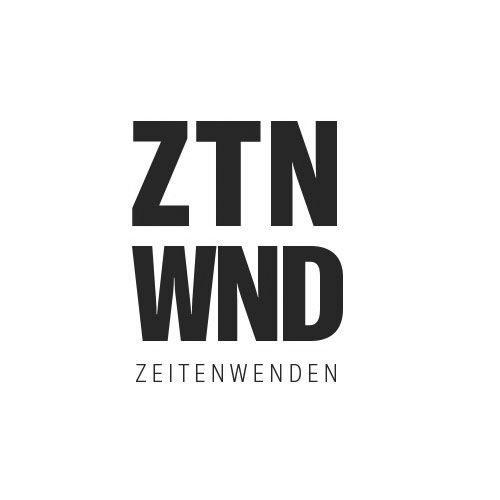When Oliver Siebeck begins a work, it starts with a fascination. For a thing – a sculpture, for example – for a situation – the sound of an insect flying, for example – or, very often, for a person – like Isang Yun. Then Siebeck lays out the tools with which he will create this work. Paper of this and that structure in this and that format. Colours, few, here black and gold. And, centrally, the instrument. His instrument of art production. The old heavy mechanical typewriter.
Image . above: Oliver Siebeck – Isang Yun, 2022 [Detail]. Schreibmaschine auf Papier, 25 x 15 cm
The material from which the work is systematically produced is taken from the object itself. In the case of the present work, it is the characters written down in the Western alphabet, in the most common transcription for the Korean alphabet, also in the Western order, first name first. The characters that signify and announce the name of the composer from whom the fascination, and thus this work, emanated: ISANGYUN. Capital letters. Systematically a retained position of the striking mechanism of his typewriter, then. Very simple. And just as simple, with a condensed systematic repertoire of variations, the sheets are designated. Sequence and rotation, sequence and inversion, sequence and cancer. Single to multiple repetitions. Overwritings of overwritings. Sedentary and non-sedentary letters perhaps. Some lying on their sides, some upside down.
It is not necessary to know anything about Isang Yun to be fascinated by Siebeck’s sheets and to see their own stars of meaning flashing in them. Even acoustic ones, the typewriter sound made visible on the paper. Tak-taktak-tak. The sometimes downright legibility of the sheets. Or processual ones, such as the pleasurable, gradual opening of the golden horizon of understanding and seeing as the signs from all directions condense.

Depending on how familiar one is with the work and life of Isang Yun, it is of course not forbidden, and probably in this context of meaning, not to be avoided, if one sees references to Isang Yun’s life or work in Siebeck’s work. The author of these lines knows, for example, that there are pieces by Isang Yun in whose first few bars the entire sound material with which the piece will work is already introduced. It is the same here with Siebeck. Once you have understood the material and the system, you know roughly how it will proceed. Of course, you still want to experience it – or even more so now.
The present sheets of sedentary and non-sedentary letters are not Oliver Siebeck’s first work with the subject of Isang Yun. In 2018, he wrote his Isang Yun biography. Here, the drawing material for Siebeck’s typewriter were the digits of Isang Yun’s life dates – 17 September 1917 to 3 November 1995 – which Siebeck, in the familiar drawing format and following the familiar rule of continuation, struck day after day in succession on a roll of paper about 20 metres long. Once, in a 40-character-wide black stripe forwards, and once in a 40-character-wide red stripe backwards.
These two life-date trajectories running side by side in red and in black vary slightly in stroke and colour strength, and they move towards and away from each other. In a very dramatic, tense passage of this scroll, the two trajectories overwrite each other at their edges. Touching each other. Inscribe themselves into each other. A longing. A longing that can be attributed to directions in the heavens, which Isang Yun spent a lifetime working to unite, and a separation that was his destiny.
Typewriter on paper 46 cm x 2,000 cm
In an act of deceleration and probably also self-discipline, Oliver Siebeck spent months creating a piece of typewriter art for Isang Yun. He typed on a scroll the date of every single day that Isang Yun experienced: Arabic numerals according to the simple pattern
17. 9. 1917 18. 9. 1917 19. 9. 1917 20.
9 1917 21. 9. 1917 22. 9. 1971 23. 9. 1
this is the first two lines, optically equalised. The first line has 41 characters (including the space bar). For the following line, which has only 40 keystrokes but begins with a space bar, Siebeck chose such dense line spacing that the overlapping of the characters creates a graphic fabric with thickening and thinning patterns from the clearly structured set of numbers. These are also conditioned by the material conditions: the nature of the paper, the intensity and consumption of the ink ribbon, the changing condition (cleanliness, clarity) of the types of the typewriter.
The length of about twenty metres results from the length of this life, which ended on 3. 11. 1995.
As if it were not enough to type this life once on a black or blue-black ribbon without skipping a day, Siebeck has typed a second red track running in opposite directions after completing this operation. The traces of this back-and-forth life meander; the trajectories touch and overlap each other; they lead a life of their own. Oliver Siebeck comments: “Diversity of relationship without abandoning linearity. A network of correspondences across two rivers. No forwards or backwards, a moving and still now, life and death at the same time, because Yun was dead before I could write the biography.”
WHEN?
Vernissage: Sunday, 25 September 2022, 5:30 pm
Concert
at 4 pm
Daniel Seroussi [piano] plays works by Isang Yun, Henri Dutilleux, Eres Holz and Franz Schubert
Exhibition dates: from Sunday, 25 September 2022
WHERE?
Yun-Haus Berlin, Sakrower Kirchweg 47, 14089 Berlin






